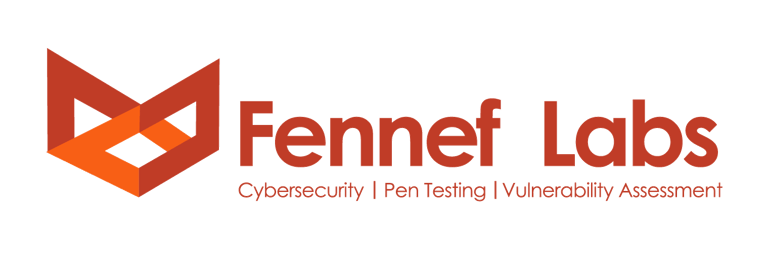Generative AI: The Double-Edged Sword of Cyber Security
Generative AI: The Double-Edged Sword of Cyber Security
3/3/20252 min read
Artificial intelligence has been a part of cybersecurity for years, but the emergence of generative AI is a game changer. It's not just about spotting patterns anymore; generative AI is about creating new content, simulating scenarios, and automating tasks. This tech has massive potential for both defenders and attackers, making it essential to understand its dual nature.
The Good: Generative AI as a Cybersecurity Ally
Supercharged Threat Detection: Generative AI can analyse vast amounts of threat data, identify patterns that traditional systems might miss, and generate detailed threat intelligence reports. It can also create synthetic data to train security models, without compromising sensitive information.
Automated Security: Generative AI can automate routine tasks like vulnerability scanning, firewall configuration, and even incident response. This frees up security teams for higher-level tasks requiring creative and strategic thinking.
Realistic Training: Security professionals can now train in realistic, AI-generated attack simulations, preparing them for unpredictable and complex threats.
Proactive Defence: Generative AI can be used to create deceptive environments, such as honeypots and honey files, to lure and trap attackers while gathering intelligence about their methods.
Accelerated Research: Tools like Flare's Threat Flow use generative AI to provide concise summaries of threat data with transparent sources, enhancing research and reporting. Threat Flow was developed in collaboration with the Econ Crime Lab at the University of Montreal, ensuring 98% average accuracy.
Improved Efficiency: Generative AI enables security teams to work faster and more efficiently. For instance, Flare's platform can accomplish in one week what used to take 1500 hours.
The Bad: Generative AI as a Cyber criminal's Weapon
AI-Powered Phishing: Cyber criminals can use generative AI to create highly convincing phishing emails that mimic the tone and style of legitimate communications.
Deepfake Deception: Generative AI can generate realistic audio or video deepfakes of individuals, which can be used to trick people into divulging sensitive information.
Evasion Techniques: Generative AI can be used to create malware that evades detection by traditional security systems and develop adversarial examples that trick AI models.
Password Cracking: AI can analyse datasets of leaked passwords to crack weak or repetitive passwords.
Automated, Scaled Attacks: Generative AI empowers malicious actors to automate, scale, and customise attacks in ways previously impossible.
Faster Vulnerability Exploitation: AI can speed up the time between identifying and exploiting vulnerabilities.
Navigating the Future of AI in Cybersecurity
Transparency is Key: It's essential to use AI tools that offer transparency, like Flare's Threat Flow, which shows where report outputs come from.
Human Oversight is Essential: Generative AI is a tool, not a replacement for human expertise. Human analysts are needed for strategic thinking and decision making.
Continuous Learning: Both security professionals and AI systems need to continuously learn and adapt to evolving threats.
Awareness and Training: It is essential to educate employees about the potential risks of AI-powered social engineering attacks and train them to spot sophisticated phishing attempts.
Integrated Security Strategy: Cyber security must be part of an organisation's overall risk strategy, not isolated from it.
The Bottom Line
Generative AI is revolutionising cybersecurity, but it's crucial to understand that this technology is a double-edged sword. While it offers incredible opportunities for improving threat detection and response, it also empowers cyber criminals to launch more sophisticated attacks. Organisations must proactively embrace AI for defence while also preparing for AI-driven attacks. By staying informed, adopting a proactive approach, and maintaining a healthy dose of skepticism, you can leverage the power of generative AI while mitigating its risks.



